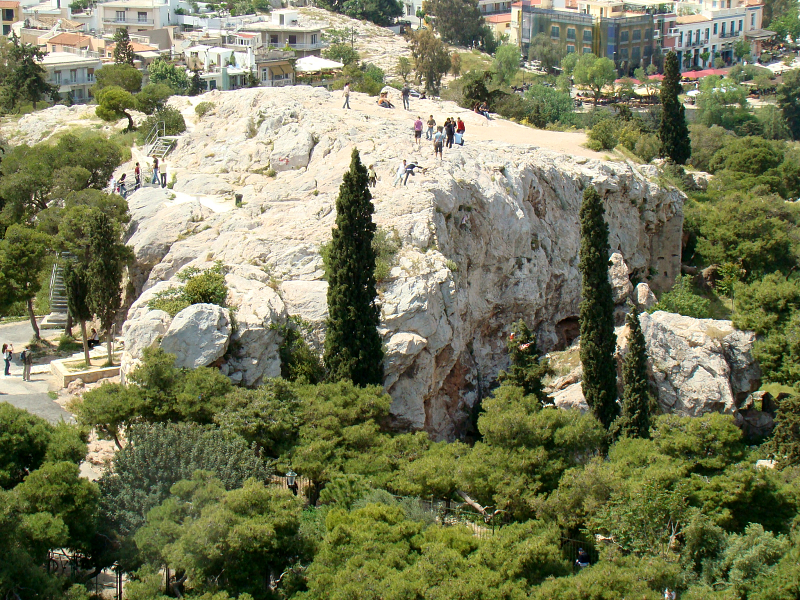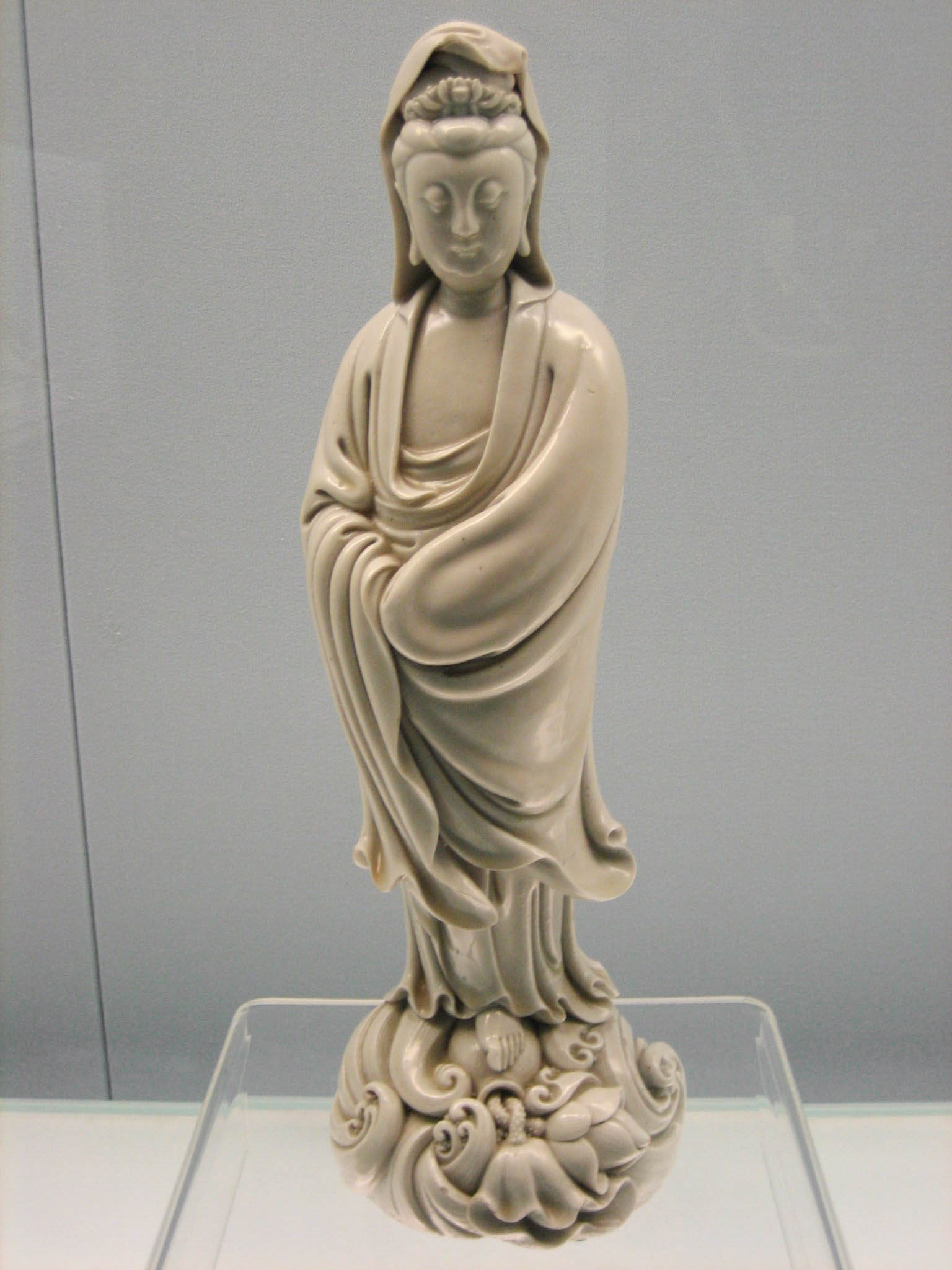|
Coroplast (artisan)
A coroplast (or koroplast) was a modeler of terracotta figurines in Greek antiquity. Coroplastic studies, the study of ancient terracotta figurines, involves the analysis of the types and sources of clays used, the methods of production employed, the chronology, context, distribution and display of the objects, and their social, political, economic, sacred and historical meaning. A Coroplast's Dump was located at an archaeological site on the north slope of the Areopagus. Local koroplast workshops existed also in many other Greek centers. Thus, the excavations in Tauric Chersonesos yielded very rich results for this small colony. [...More Info...] [...Related Items...] OR: [Wikipedia] [Google] [Baidu] |
Greek Terracotta Figurines
Terracotta figurines are a mode of artistic and religious expression frequently found in ancient Greece. These figurines abound and provide an invaluable testimony to the everyday life and religion of the ancient Greeks. The so-called Tanagra figurines, in fact made elsewhere as well, are one of the most important types. Techniques of manufacture Modelling Modelling is the most common and simplest technique for terracotta sculpture. It is also used for the realization of bronzes: the prototypes are made out of raw clay. The small sizes are directly worked with the hand. For the larger models, the coroplath (or ''koropláthos'', manufacturer of figurines) presses the clay pellets or wads against a wooden restraint. Molding The mold is obtained by application of a bed of clay or plaster on the prototype. Simple molds, used by the Greeks of the continent until the 4th century BC, are simply dried. Bivalvular molds, borrowed by the insular Greeks from the Egyptians, require cu ... [...More Info...] [...Related Items...] OR: [Wikipedia] [Google] [Baidu] |
Ancient Greece
Ancient Greece ( el, Ἑλλάς, Hellás) was a northeastern Mediterranean civilization, existing from the Greek Dark Ages of the 12th–9th centuries BC to the end of classical antiquity ( AD 600), that comprised a loose collection of culturally and linguistically related city-states and other territories. Most of these regions were officially unified only once, for 13 years, under Alexander the Great's empire from 336 to 323 BC (though this excludes a number of Greek city-states free from Alexander's jurisdiction in the western Mediterranean, around the Black Sea, Cyprus, and Cyrenaica). In Western history, the era of classical antiquity was immediately followed by the Early Middle Ages and the Byzantine period. Roughly three centuries after the Late Bronze Age collapse of Mycenaean Greece, Greek urban poleis began to form in the 8th century BC, ushering in the Archaic period and the colonization of the Mediterranean Basin. This was followed by the age of Classical G ... [...More Info...] [...Related Items...] OR: [Wikipedia] [Google] [Baidu] |
Clay
Clay is a type of fine-grained natural soil material containing clay minerals (hydrous aluminium phyllosilicates, e.g. kaolin, Al2 Si2 O5( OH)4). Clays develop plasticity when wet, due to a molecular film of water surrounding the clay particles, but become hard, brittle and non–plastic upon drying or firing. Most pure clay minerals are white or light-coloured, but natural clays show a variety of colours from impurities, such as a reddish or brownish colour from small amounts of iron oxide. Clay is the oldest known ceramic material. Prehistoric humans discovered the useful properties of clay and used it for making pottery. Some of the earliest pottery shards have been dated to around 14,000 BC, and clay tablets were the first known writing medium. Clay is used in many modern industrial processes, such as paper making, cement production, and chemical filtering. Between one-half and two-thirds of the world's population live or work in buildings made with clay, often ... [...More Info...] [...Related Items...] OR: [Wikipedia] [Google] [Baidu] |
Areopagus
The Areopagus () is a prominent rock outcropping located northwest of the Acropolis in Athens, Greece. Its English name is the Late Latin composite form of the Greek name Areios Pagos, translated "Hill of Ares" ( grc, Ἄρειος Πάγος). The name ''Areopagus'' also referred, in classical times, to the Athenian governing council, later restricted to the Athenian judicial council or court that tried cases of deliberate homicide, wounding and religious matters, as well as cases involving arson of olive trees, because they convened in this location. The war god Ares was supposed to have been tried by the other gods on the Areopagus for the murder of Poseidon's son Halirrhothius (a typical example of an aetiological myth). History The exact origin of the Areopagus is unclear. In pre-classical times (before the 5th century BC), the Areopagus may have been a council of elders for the city of Athens, and membership was restricted to those who had held high public office, in ... [...More Info...] [...Related Items...] OR: [Wikipedia] [Google] [Baidu] |
Psi And Phi Type Figurine
Tau-, Psi- and phi- type figurines date back to 1450–1100 BC in Mycenaean Greece. They were typically small (about 10cm high), made of terracotta, although a group of ivory figurines has been found, and were found in tombs, shrines and settlement areas. They are classified by their shape and a resemblance to the Greek letters of tau (τ), psi (ψ) and phi (Φ), according to a typological system created by Arne Furumark in 1941. Their function/purpose is unknown, although it has been suggested that their purpose changed with the context in which they were found. Possible uses were children's toys, votive figurines or grave offerings. Some figurines appear to wear flattened headdresses, which suggests they may be goddesses. However, it is difficult to distinguish between goddesses and worshippers. It is likely that they were made by the same craftsmen who made Mycenaean vases, as the decoration techniques are similar. Examples of such figurines are held by the Goulandris Museum ... [...More Info...] [...Related Items...] OR: [Wikipedia] [Google] [Baidu] |
Terracotta
Terracotta, terra cotta, or terra-cotta (; ; ), in its material sense as an earthenware substrate, is a clay-based ceramic glaze, unglazed or glazed ceramic where the pottery firing, fired body is porous. In applied art, craft, construction, and architecture, terracotta is the term normally used for sculpture made in earthenware and also for various practical uses, including bowl (vessel), vessels (notably flower pots), water and waste water pipes, tile, roofing tiles, bricks, and surface embellishment in building construction. The term is also used to refer to the natural Terra cotta (color), brownish orange color of most terracotta. In archaeology and art history, "terracotta" is often used to describe objects such as figurines not made on a potter's wheel. Vessels and other objects that are or might be made on a wheel from the same material are called earthenware pottery; the choice of term depends on the type of object rather than the material or firing technique. Unglazed ... [...More Info...] [...Related Items...] OR: [Wikipedia] [Google] [Baidu] |
Figurine Manufacturers
A figurine (a diminutive form of the word ''figure'') or statuette is a small, three-dimensional sculpture that represents a human, deity or animal, or, in practice, a pair or small group of them. Figurines have been made in many media, with clay, metal, wood, glass, and today plastic or resin the most significant. Ceramic figurines not made of porcelain are called terracottas in historical contexts. Figures with movable parts, allowing limbs to be posed, are more likely to be called dolls, mannequins, or action figures; or robots or automata, if they can move on their own. Figurines and miniatures are sometimes used in board games, such as chess, and tabletop role playing games. The main difference between a figurine and a statue is size. There is no agreed limit, but typically objects are called "figurines" up to a height of perhaps , though most types are less than high. Prehistory In China, there are extant Neolithic figurines. European prehistoric figurines of women, s ... [...More Info...] [...Related Items...] OR: [Wikipedia] [Google] [Baidu] |

.jpg)

.jpg)
